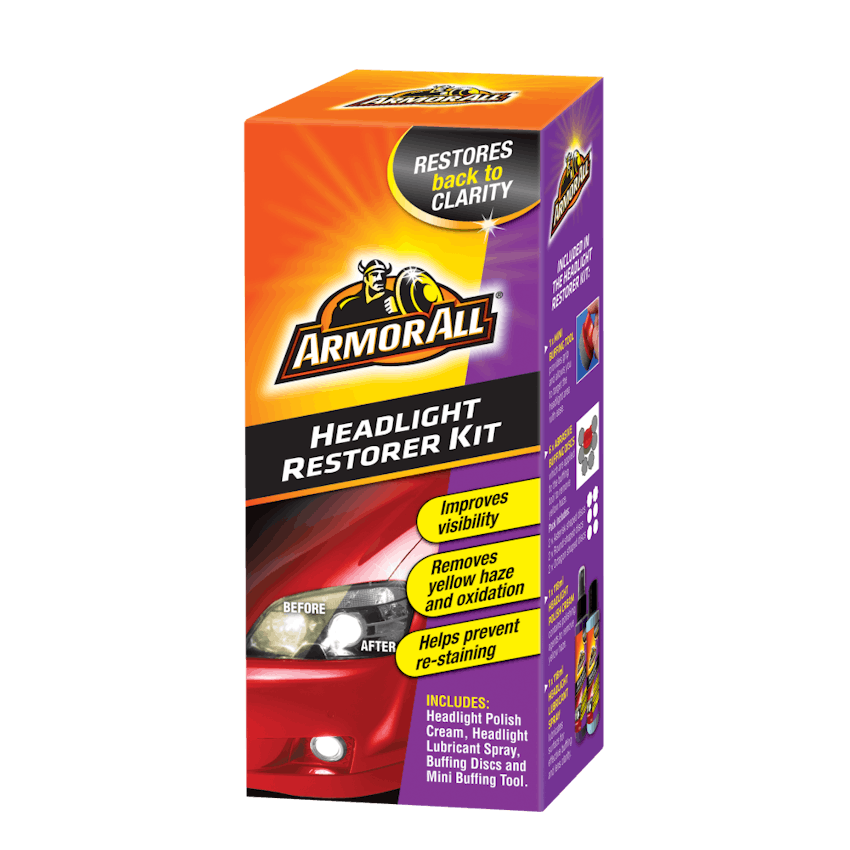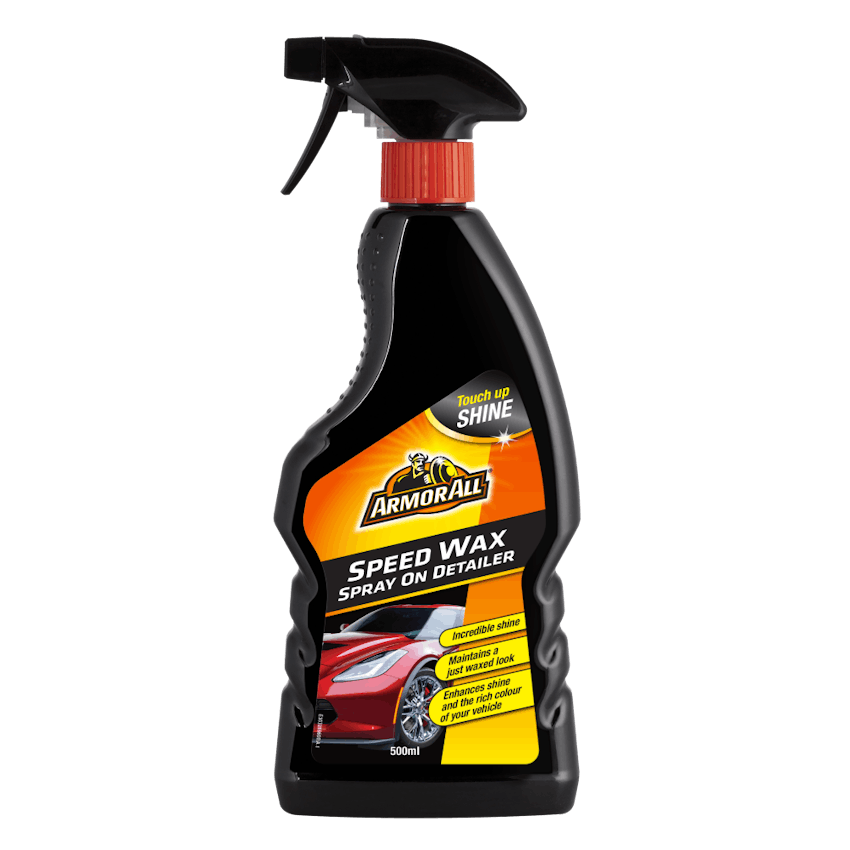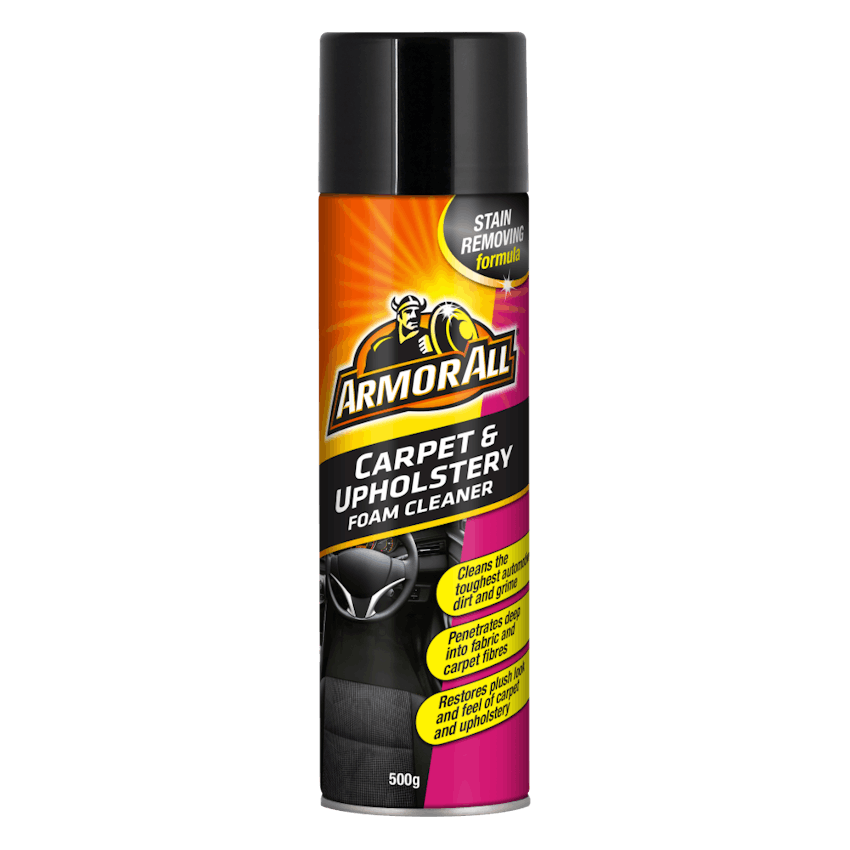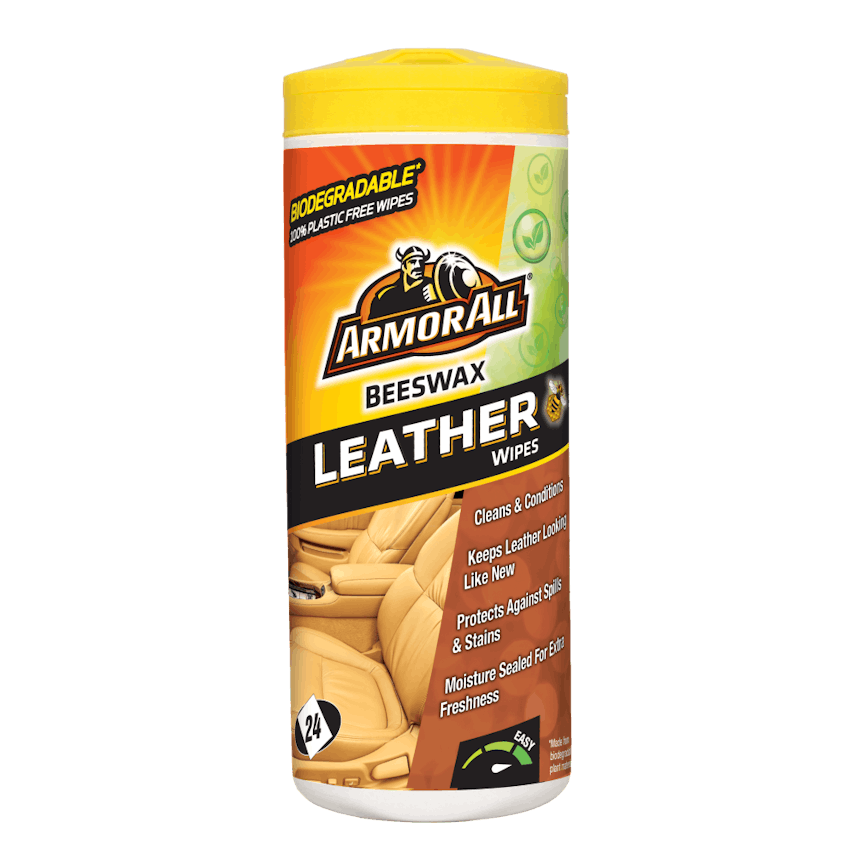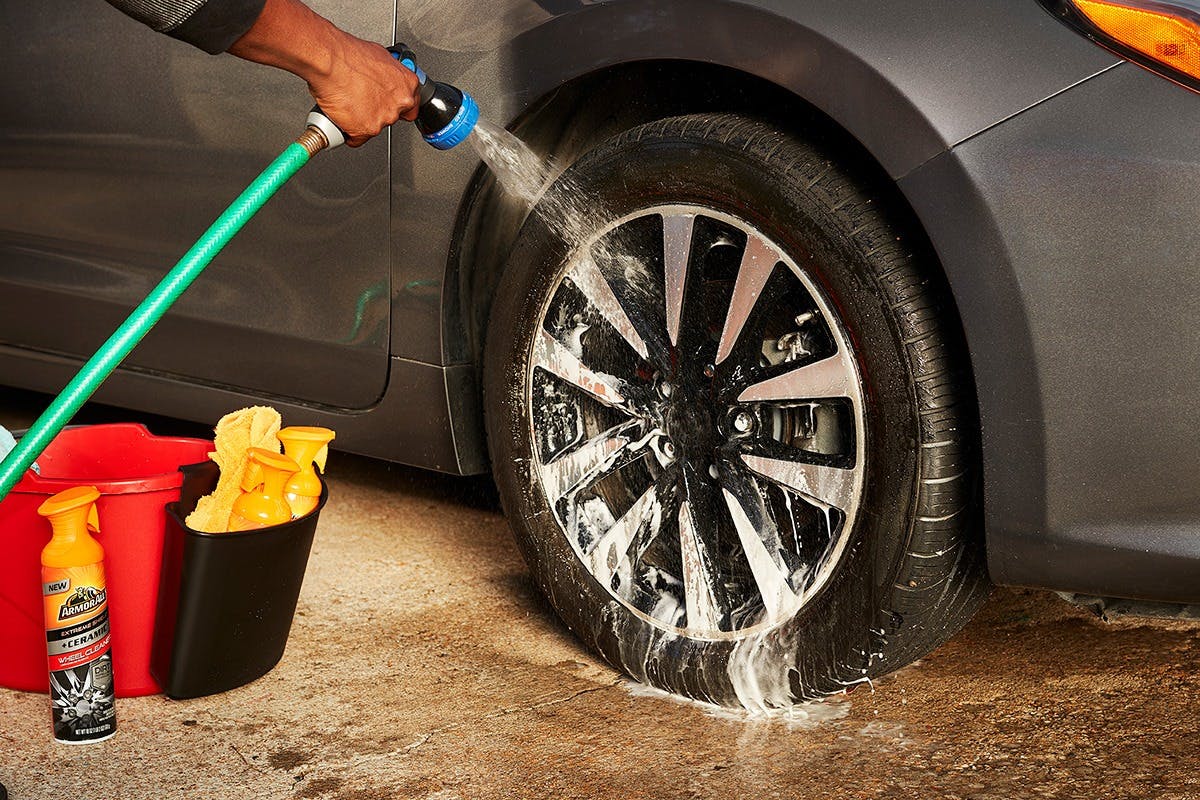Exterior Tips
How to polish and wax a car

- Waxing your car twice a year makes cleaning the vehicle easier and protects your car’s surface.
- Clean and polish your car before waxing for best results.
- Wax your car in a cool and shaded area to avoid streaking.
Even with vast improvement in the quality of car paint, you still need to protect your car’s thin clear coat finish from oxidation and environmental damage. This means you’ll need to know how to polish and how to wax a car. Regular waxing can protect your car from damage caused by sun, rain, air pollution, road grime, tar, insects, and the inevitable bird droppings — keeping it shining for longer.
If water does not bead on the painted surfaces of your car, it’s time to wax. You should wax your car about twice a year to protect the vehicle against chipped and deteriorated paintwork. Waxing your car also makes the surface smoother, meaning it is easier to clean it and prevent scratch marks.
How to polish a car to a perfect shine
The first of our expert car waxing tips is to thoroughly wash and polish the car before you start the waxing process. This will remove all traces of dirt and texture to really get the best benefits of waxing your car. You can find out more about which car wash solutions and cleaning utensils to use on our expert tip’s car wash page.
Polishing your car
When determining how to polish a car, it’s important to note that polishes contain abrasives that “exfoliate” unwanted contaminants from the paint surface. Be gentle when using these products as rubbing too hard will result in damage to the clear coat. Apply polish in a similar manner to wax (see below), but don’t apply too hard since the abrasives in polishes can cause damage if not applied properly.
The different types of car wax
What's the best wax for your car
Before waxing, one of the most important car waxing tips is to look for nonabrasive waxes that are safe on clear coats.
- Many car enthusiasts prefer carnauba-based waxes as they are one of the purest and hardest of natural waxes, producing a deep, lustrous shine.
- Paste waxes are the most difficult to use, but they provide great protection for a long period of time. Most paste waxes come with a foam applicator pad, but in the absence of the pad, a terry cloth towel will do the job.
- Synthetic waxes are also a great option. They provide ease of application and durability.
Whatever type of wax you use, apply the product in the shade. If a car’s surface is too hot, polishes and waxes may dry too quickly.
Car waxing - tips and techniques
Car wax application tips
In terms of car waxing technique, a thin and even coat of wax is preferred to a thick coat. Divide the car into small segments and apply a small amount of wax to one segment of the car at a time to ensure that the wax or polish doesn’t dry for too long before buffing.
When applying the wax, unless product usage instructions state otherwise, you can prevent streaking by using a side-to-side motion that’s parallel with the seams. If a car’s surface is too hot, polishes and waxes will dry up too quickly, so make sure you do your car waxing routine on a cool day in a shaded place.
Buffing the wax
After applying wax, buff in overlapping circular patterns to remove the residue and expose the shine. The longer you buff, the better the shine. If you are finished buffing and still see some residue patches, park the car in the sun for 10–15 minutes. By heating the wax, buffing becomes more efficient. Just don’t let the car become so warm that the wax will soften in the sun.

